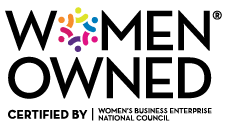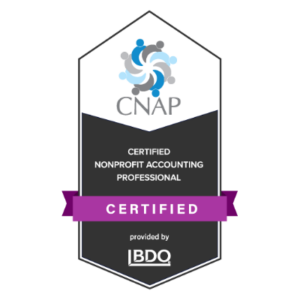I told someone the other day that I am a CFO and they giggled and asked, “Umm, what’s that?”
So I thought I would explain all of the ins and outs of exactly what a CFO – that’s CHIEF FINANCIAL OFFICER – is and does.

WHO is a CFO?
Me! I’m a Chief Financial Officer. This means that I’m responsible for everything related to the numbers. Analysis and reporting, budgeting, strategic planning. Many times it also means HR, IT, and administrative operations. A bookkeeper or accountant enters your daily transactions and looks at the past, while your CFO uses that information and helps you look toward the future, or “see around the corner”, to make better decisions for your organization.
HOW do I know if I need one?
Do you know your numbers? Is your profit margin or net income where it should be? Do you have a budget that you use to track revenue and expenses each month? How’s your cash flow?
If you can’t answer each of these questions with absolute certainty based on the black and white numbers, you probably need a CFO.
A CFO will change your business and the way you think about numbers. If she is the only finance person at your organization, aside from a bookkeeper, she will be your second set of eyes on the numbers and will make sure revenue and expenses are categorized accurately, so you have solid financial statements. She’ll look for cost savings and generate efficiencies. Your CFO is basically your numbers fairy godmother.
BUT what if I can’t afford another full-time position?
Totally understandable, and unless your revenues are in the multi-millions, you probably don’t even need a full-time CFO.
So a part-time CFO is your solution. Lucky for you, the freelance workforce is exploding! Oh, and I can help you too. Part-time CFOs are cost effective and offer an outside perspective that delivers invaluable input and insight to strategic decisions.
WHAT can I expect from a part-time, virtual CFO?
The first thing they will do is ask for a ton of information and do a deep dive into your numbers – they’ll need access to the accounting system, recent financial reports, and contact with your CEO and bookkeeper. This will help your CFO understand your business inflows and outflows, and she’ll be able to use this information to help you make strategic decisions down the line.
They may work on an hourly basis or monthly retainer (we at 100 Degrees Consulting prefer retainer!) and will likely prefer to work together for a minimum of three months. You will get the most of your relationship once your CFO has had a chance to understand your business and get to know the team. Plus you’ll get the benefit of a full quarterly analysis.
So what do you think? Are you in control of your numbers, or is it time to bring in the big guns and get an outsider’s expertise?






















